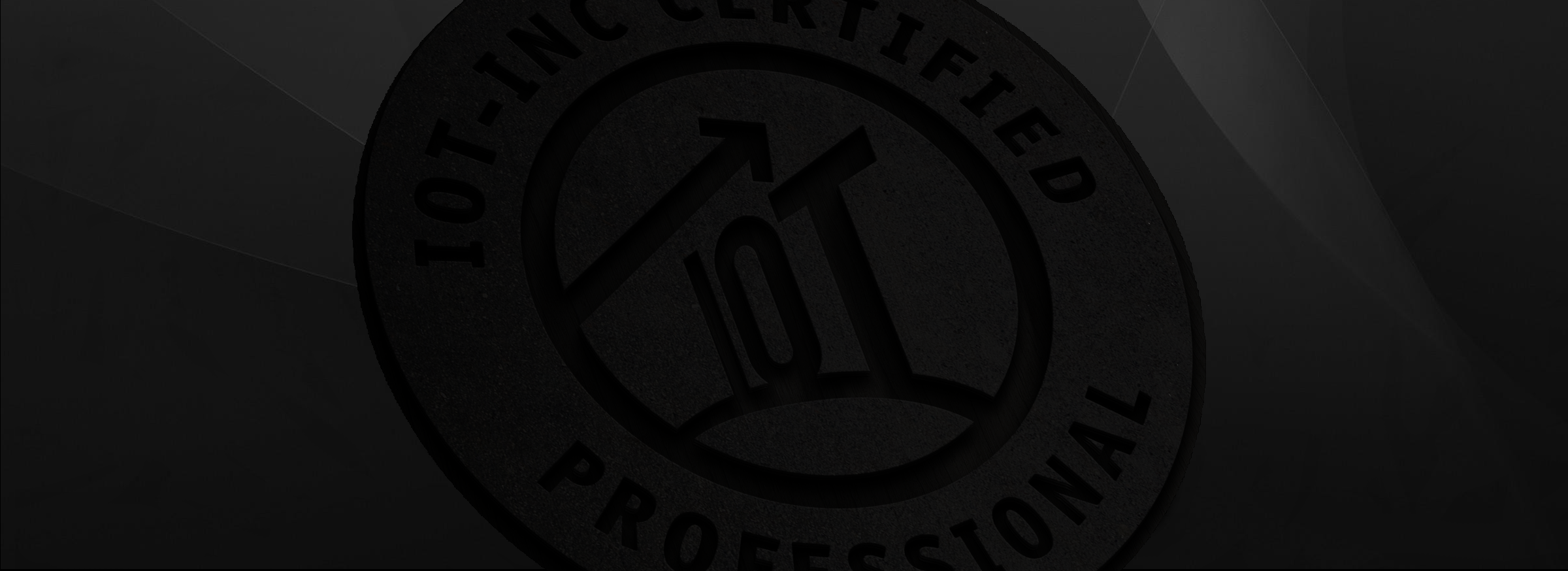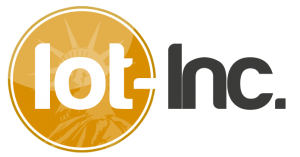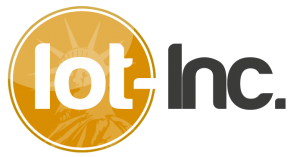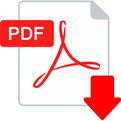In this course you’ll learn the entire technology “stack”, but it’s not really a stack, it’s much more than that. A stack implies networking, but this course looks at IoT technology from a value perspective, implying an emphasis on data science and the digital twin instead of the network plumbing. While others teach the tech of IoT like the tech of IT, this program teaches how IoT tech can be used to transform business. The ICIP Technology course has 9 modules with 46 video lessons and does not include any programming. Watch select lessons by clicking the







